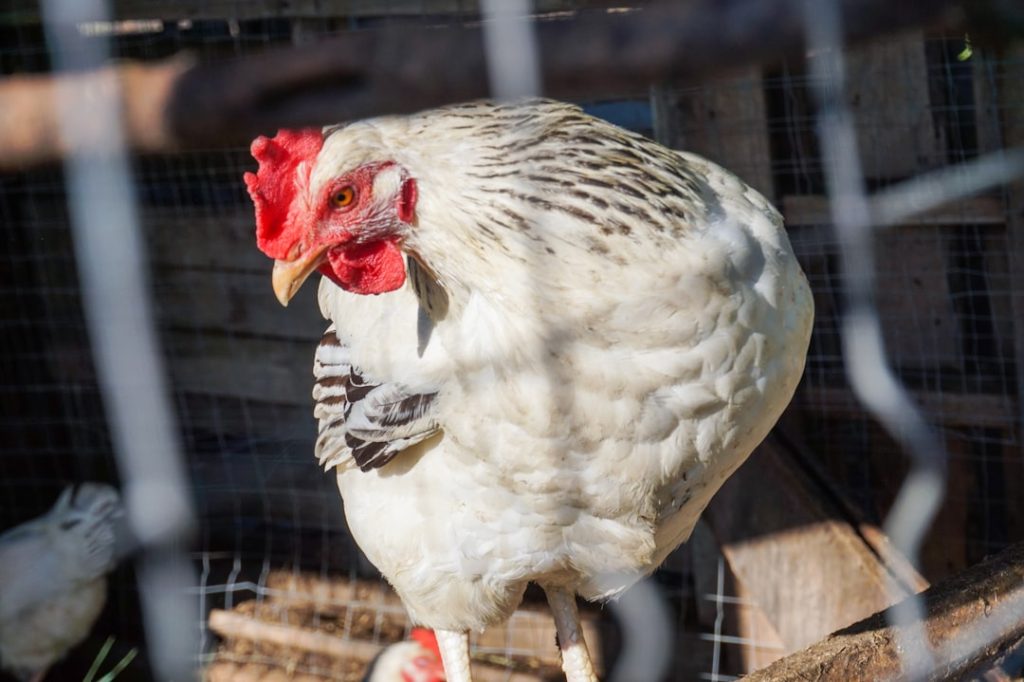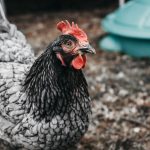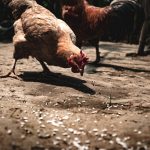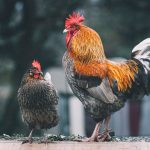Chickens are popular farm animals that provide various benefits, including fresh eggs, natural pest control, and entertainment. However, they can also have detrimental effects on grass and soil if not properly managed. Chickens instinctively scratch and peck at the ground in search of food, which can lead to several issues:
1.
Bare patches: Constant foraging can destroy grass and ground cover. 2. Soil erosion: Removal of vegetation exposes soil to wind and water erosion.
3. Soil compaction: Repeated scratching can compact soil, reducing water infiltration and root growth. 4.
Nutrient imbalances: Chicken droppings can lead to excessive nitrogen and phosphorus in the soil, potentially harming grass and other plants. These effects can transform a healthy lawn into a barren, unattractive area relatively quickly. The damage not only impacts the aesthetic appeal but also affects the overall health of the landscape ecosystem.
To maintain a vibrant and healthy environment, chicken owners must understand these potential issues and implement strategies to mitigate the impact of their birds on grass and soil. Proper management techniques can help balance the benefits of keeping chickens with the preservation of a healthy landscape.
Table of Contents
Key Takeaways
- Chickens can cause damage to grass through scratching, pecking, and overgrazing, leading to bare patches and soil erosion.
- Designating specific areas for chickens to roam can help minimize damage to grass in other parts of the yard or garden.
- Providing alternative ground cover such as mulch, gravel, or wood chips can give chickens a place to scratch and forage without damaging grass.
- Using deterrents like fencing, netting, or natural barriers can help keep chickens off grassy areas where damage is not desired.
- Implementing rotational grazing by moving chickens to different areas regularly can allow grass to recover and prevent overgrazing.
- Utilizing chicken tractors or mobile pens can confine chickens to specific areas for a limited time, allowing grass to recover before they are moved to a new location.
- Regular maintenance and monitoring of chicken access to grass areas is essential to prevent excessive damage and promote healthy grass growth.
Creating designated chicken areas
Controlling Access to Grass
One effective way to minimize the damage caused by chickens on grass is to create designated chicken areas. By confining chickens to specific areas, such as a chicken run or fenced enclosure, you can control their access to grass and prevent them from causing widespread damage. These designated areas can be equipped with appropriate ground cover, such as wood chips or gravel, to provide a suitable environment for the chickens while protecting the surrounding grass.
Easier Management and Rotation
Additionally, creating designated chicken areas allows for easier management of their impact on the landscape, as well as the opportunity to rotate their access to different areas over time. This not only helps to preserve the health of the grass but also ensures that the chickens have access to fresh ground cover for foraging and dust bathing.
Benefits of Designated Chicken Areas
Creating designated chicken areas is an effective strategy for minimizing the damage caused by chickens on grass. By confining chickens to specific areas, you can control their access to grass, prevent widespread damage, and provide a suitable environment for the chickens. This approach also allows for easier management of their impact on the landscape and ensures that the chickens have access to fresh ground cover for foraging and dust bathing.
Providing alternative ground cover for chickens
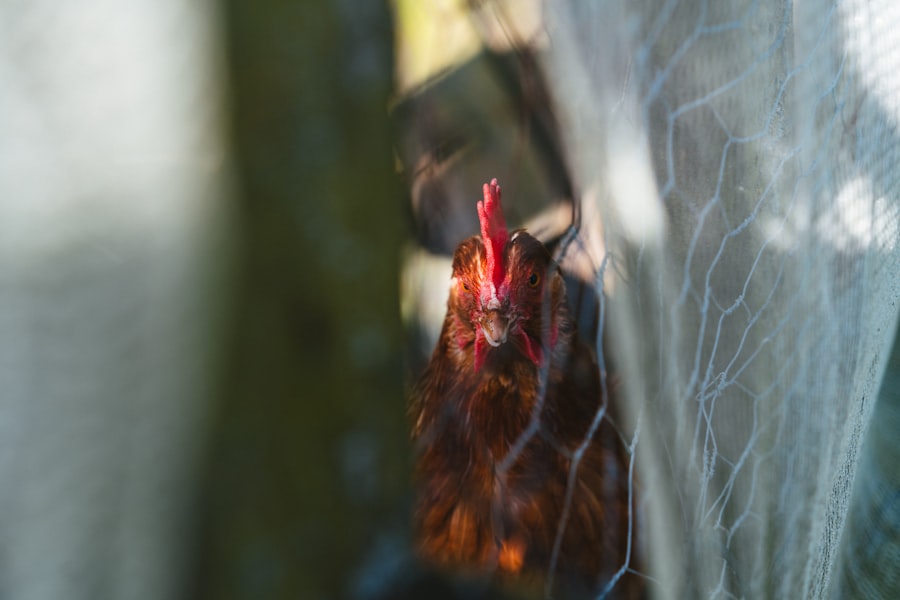
In addition to creating designated chicken areas, providing alternative ground cover for chickens can help minimize their impact on grass. This can include adding wood chips, straw, or gravel to their designated areas to create a suitable environment for foraging and dust bathing. These materials not only provide a comfortable surface for the chickens but also help protect the underlying grass from their constant scratching and pecking.
Additionally, providing alternative ground cover can help maintain a healthy balance between the needs of the chickens and the preservation of the grass, ensuring that both can coexist harmoniously within the same space. Providing alternative ground cover for chickens is an effective way to minimize their impact on grass. Adding wood chips, straw, or gravel to their designated areas creates a suitable environment for foraging and dust bathing while protecting the underlying grass from their constant scratching and pecking.
These materials not only provide a comfortable surface for the chickens but also help maintain a healthy balance between their needs and the preservation of the grass, ensuring that both can coexist harmoniously within the same space.
Using deterrents to keep chickens off grass
Another strategy for minimizing the damage caused by chickens on grass is to use deterrents to keep them off certain areas. This can include installing physical barriers such as fencing or netting to prevent chickens from accessing sensitive grassy areas. Additionally, using visual deterrents such as scarecrows or reflective objects can help deter chickens from venturing into specific locations.
Furthermore, incorporating natural deterrents such as predator decoys or unpleasant scents can also discourage chickens from damaging grassy areas. By implementing these deterrents, you can effectively protect vulnerable grassy areas from the destructive behavior of chickens while still allowing them access to other suitable ground cover for foraging and dust bathing. Using deterrents is an effective strategy for keeping chickens off sensitive grassy areas.
Installing physical barriers such as fencing or netting can prevent chickens from accessing vulnerable locations, while visual deterrents such as scarecrows or reflective objects can help deter them from venturing into specific areas. Additionally, incorporating natural deterrents such as predator decoys or unpleasant scents can discourage chickens from damaging grassy areas. By implementing these deterrents, you can effectively protect vulnerable grassy areas from the destructive behavior of chickens while still allowing them access to other suitable ground cover for foraging and dust bathing.
Implementing rotational grazing
Rotational grazing is a sustainable farming practice that involves moving livestock between different grazing areas on a regular basis. This not only allows grass and other ground cover to recover from grazing pressure but also prevents overgrazing and soil compaction. Implementing rotational grazing for chickens involves dividing their outdoor space into multiple sections and rotating their access between these areas over time.
This not only helps preserve the health of the grass but also provides fresh ground cover for the chickens to forage and explore. By implementing rotational grazing, you can effectively manage the impact of chickens on grass while promoting a healthy and sustainable landscape. Implementing rotational grazing is a sustainable farming practice that involves moving livestock between different grazing areas on a regular basis.
This not only allows grass and other ground cover to recover from grazing pressure but also prevents overgrazing and soil compaction. Implementing rotational grazing for chickens involves dividing their outdoor space into multiple sections and rotating their access between these areas over time. This not only helps preserve the health of the grass but also provides fresh ground cover for the chickens to forage and explore.
By implementing rotational grazing, you can effectively manage the impact of chickens on grass while promoting a healthy and sustainable landscape.
Utilizing chicken tractors or mobile pens
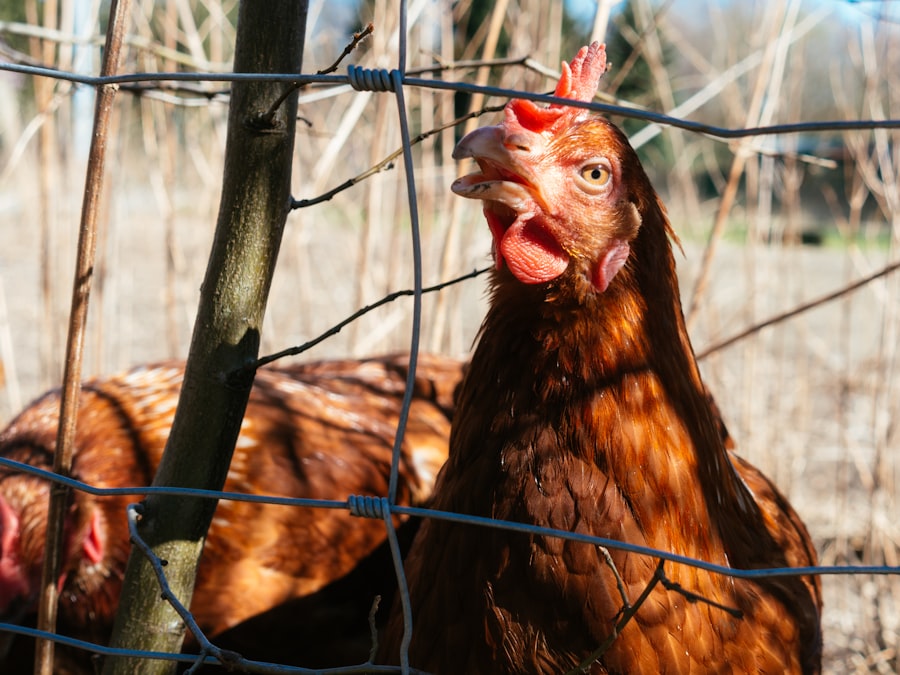
Benefits of Chicken Tractors
These portable enclosures allow chickens to be moved around the landscape, providing them with access to fresh ground cover for foraging and dust bathing. By utilizing chicken tractors or mobile pens, you can effectively manage the impact of chickens on grass by controlling their access to specific locations while still allowing them to fulfill their natural behaviors.
Easy Relocation
Equipped with wheels or skids, these structures make it easy to relocate them to different areas as needed. This feature allows you to easily move the chickens to a new location, providing them with fresh ground cover and preventing damage to vulnerable grassy areas.
Protecting Grassy Areas
By using chicken tractors or mobile pens, you can protect vulnerable grassy areas from damage while still providing your chickens with the freedom to roam and forage. This not only helps to maintain a healthy and thriving landscape but also ensures the well-being of your chickens.
Regular maintenance and monitoring of chicken access to grass areas
Regular maintenance and monitoring of chicken access to grass areas are essential for preserving the health of the landscape. This includes regularly inspecting designated chicken areas for signs of damage and adjusting their access as needed. Additionally, maintaining proper ground cover in these areas through regular replenishment of materials such as wood chips or straw can help ensure a suitable environment for the chickens while protecting the underlying grass.
Furthermore, monitoring rotational grazing patterns and utilizing chicken tractors or mobile pens effectively requires ongoing attention and adjustment based on the condition of the grass and other ground cover. By implementing regular maintenance and monitoring practices, you can effectively manage the impact of chickens on grass while promoting a healthy and sustainable landscape. Regular maintenance and monitoring of chicken access to grass areas are essential for preserving the health of the landscape.
This includes regularly inspecting designated chicken areas for signs of damage and adjusting their access as needed. Additionally, maintaining proper ground cover in these areas through regular replenishment of materials such as wood chips or straw can help ensure a suitable environment for the chickens while protecting the underlying grass. Furthermore, monitoring rotational grazing patterns and utilizing chicken tractors or mobile pens effectively requires ongoing attention and adjustment based on the condition of the grass and other ground cover.
By implementing regular maintenance and monitoring practices, you can effectively manage the impact of chickens on grass while promoting a healthy and sustainable landscape. In conclusion, understanding the potential damage caused by chickens on grass is crucial for implementing effective strategies to mitigate their impact and maintain a healthy and vibrant landscape. Creating designated chicken areas, providing alternative ground cover, using deterrents, implementing rotational grazing, utilizing chicken tractors or mobile pens, and regular maintenance and monitoring practices are all essential components of managing the impact of chickens on grass.
By incorporating these strategies into your chicken management plan, you can effectively minimize their impact on grass while promoting a healthy and sustainable environment for both your chickens and your landscape.
If you’re looking for more tips on how to keep chickens off grass, you might want to check out this article on 10 essential features for a chicken coop. It provides valuable information on creating a suitable environment for your chickens while also keeping them off your grass.
FAQs
What are the reasons for keeping chickens off grass?
Chickens can damage grass by scratching and pecking at it, leading to bare patches and uneven growth. Additionally, their droppings can create unsightly and unsanitary conditions on the grass.
How can I keep chickens off my grass?
There are several methods to keep chickens off grass, including using fencing or netting to create designated areas for the chickens to roam, providing alternative ground cover such as wood chips or gravel, and using deterrents such as motion-activated sprinklers or natural repellents.
What are the benefits of keeping chickens off grass?
By keeping chickens off grass, you can maintain the health and appearance of your lawn or garden, reduce the risk of disease transmission from chicken droppings, and protect delicate plants and landscaping from damage.
Are there any humane methods for keeping chickens off grass?
Yes, there are humane methods for keeping chickens off grass, such as providing them with alternative areas to forage and roam, using non-harmful deterrents, and ensuring they have access to a well-balanced diet and enrichment activities.
What are some natural repellents for keeping chickens off grass?
Natural repellents such as citrus peels, garlic, vinegar, and certain herbs can be effective in deterring chickens from venturing onto grassy areas. These repellents can be scattered or sprayed in the desired exclusion zones.
Meet Walter, the feathered-friend fanatic of Florida! Nestled in the sunshine state, Walter struts through life with his feathered companions, clucking his way to happiness. With a coop that’s fancier than a five-star hotel, he’s the Don Juan of the chicken world. When he’s not teaching his hens to do the cha-cha, you’ll find him in a heated debate with his prized rooster, Sir Clucks-a-Lot. Walter’s poultry passion is no yolk; he’s the sunny-side-up guy you never knew you needed in your flock of friends!

